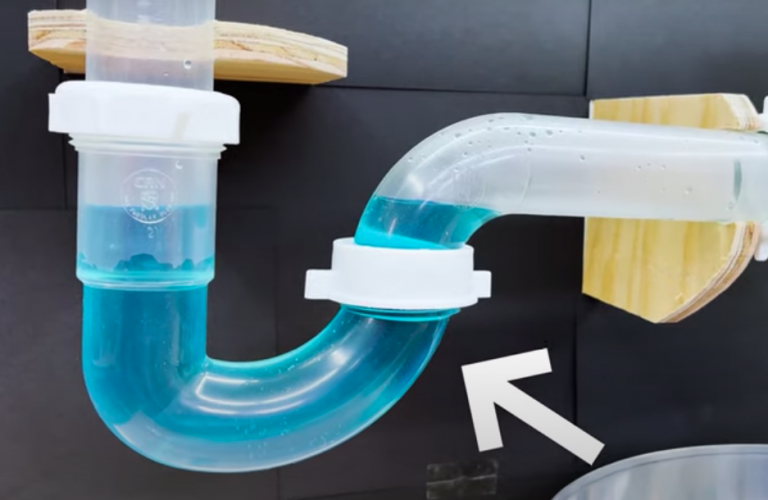If you’ve ever looked under your sink, surely you’ve noticed the bendy pipes. These are called P-traps (no, not pee traps). This is an ingenious invention, and we have Alexander Cumming and Thomas Crapper, from way back in the olden days to thank for it. Because of the P-trap, our houses don’t smell like a sewer all the time.
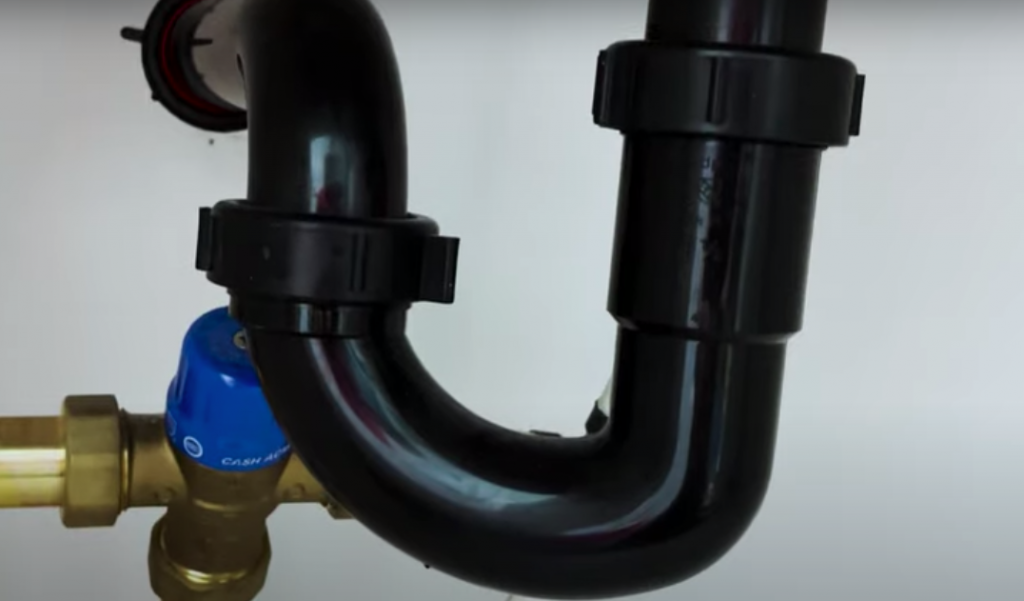
How does a P-Trap Work?
A P-trap traps water to prevent noxious fumes from the sewer from having a direct line to your drains. If those fumes get to the drains, you’ll smell it for sure.
Knowing how the plumbing around your house works will help you troubleshoot a lot of issues, as far as drainage and water movement around your home.
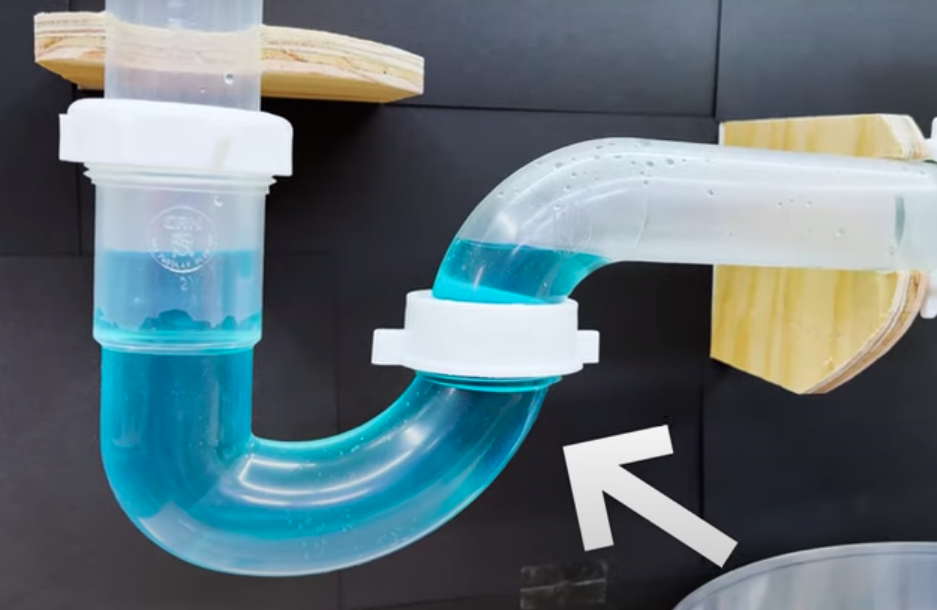
Using a fog machine here to simulate vapors that would come up through the sewer; if your P-trap isn’t functioning, this is what happens:
The fog you see going through the pipe and up through the top represents sewer fumes coming up through the drain, which you would smell. No bueno.

You may wonder, how does the water get through? When you pour water in (or turn on your sink), the pressure of the water going down creates an overflow and the water goes right through the plumbing as it should.
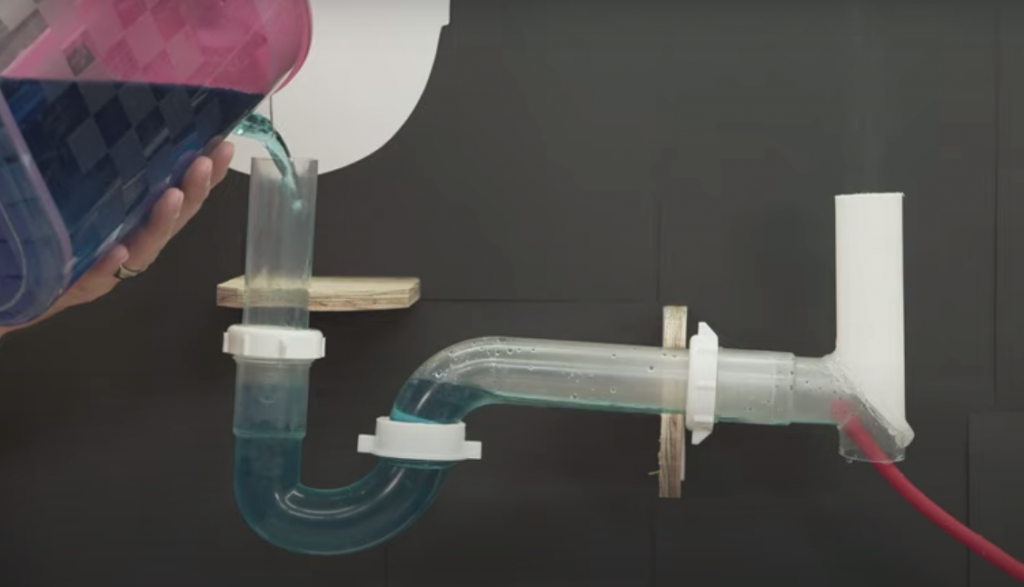

In a properly working P-trap, you have fumes going out the air vent (which goes outside), but nothing coming up through to the drain.
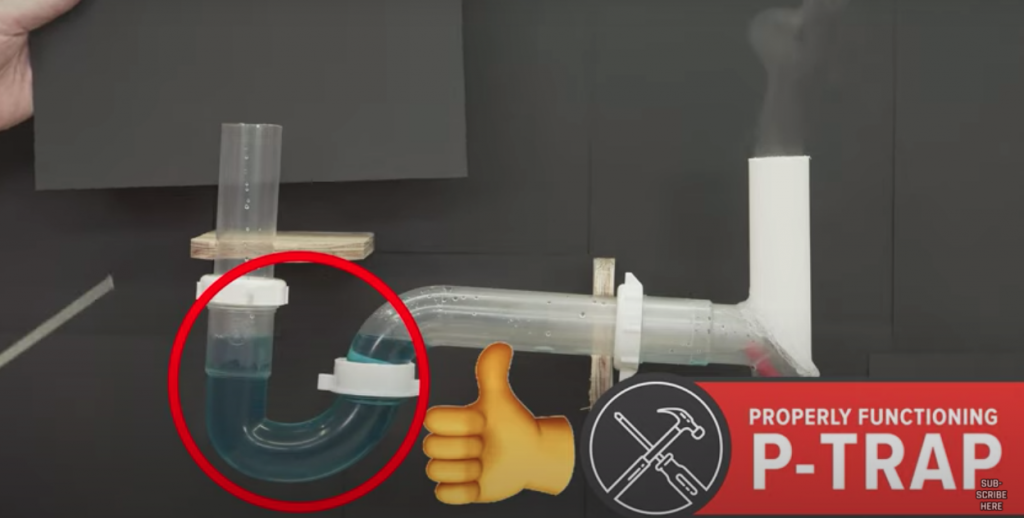
3 Potential Issues to Watch Out For
#1: Evaporation
If you have a drain that doesn’t get used very much, eventually the water inside the P-trap will evaporate, and sink below the level it needs to be. Fumes will come up through the drain.
An AAV, or Air Admittance Valve will keep the P-trap replenished with water to make sure the fumes are blocked off.
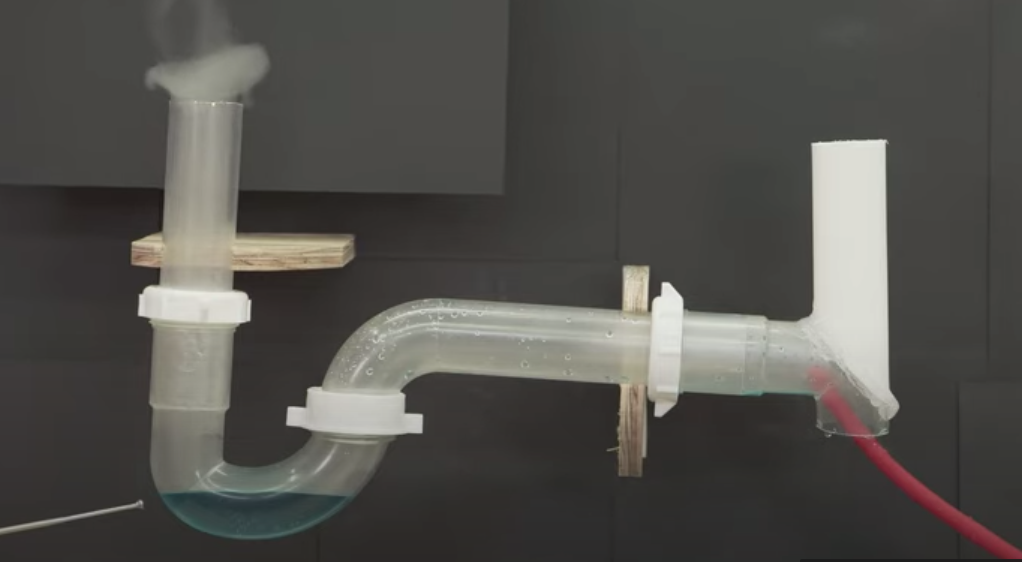
Another potential issue, is hair or other fibers that can get stuck in the P-trap. They create a trail that can actually absorb the water in the P-trap, and the water can dry out. It’s important to keep those pipes clean and hair free!
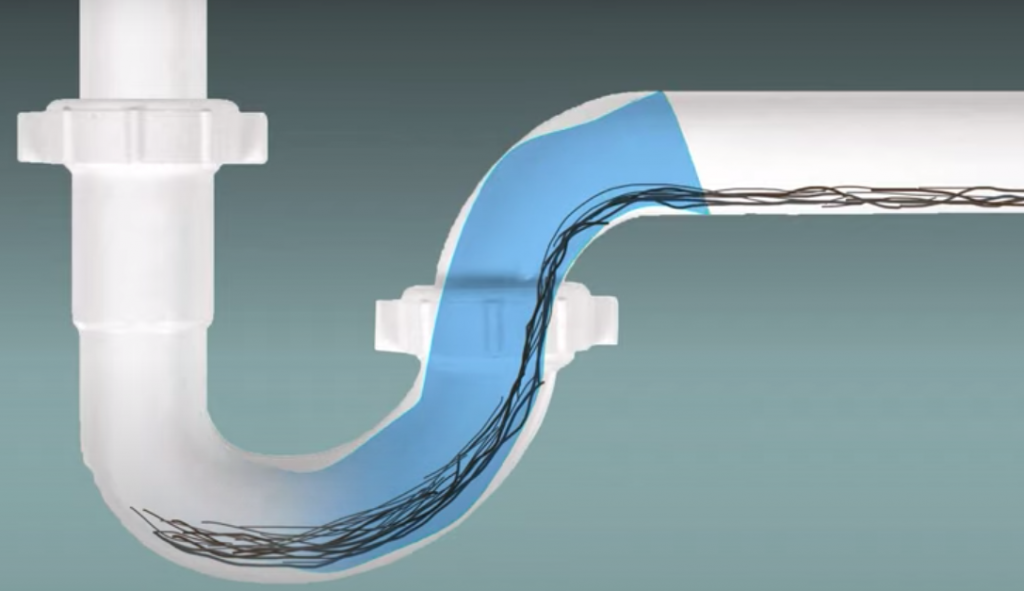
#2: Slope the Drain
You need to make sure your pipes are sloped down to allow for the water to move through. Code for this is 1/4″ for every foot of pipe.
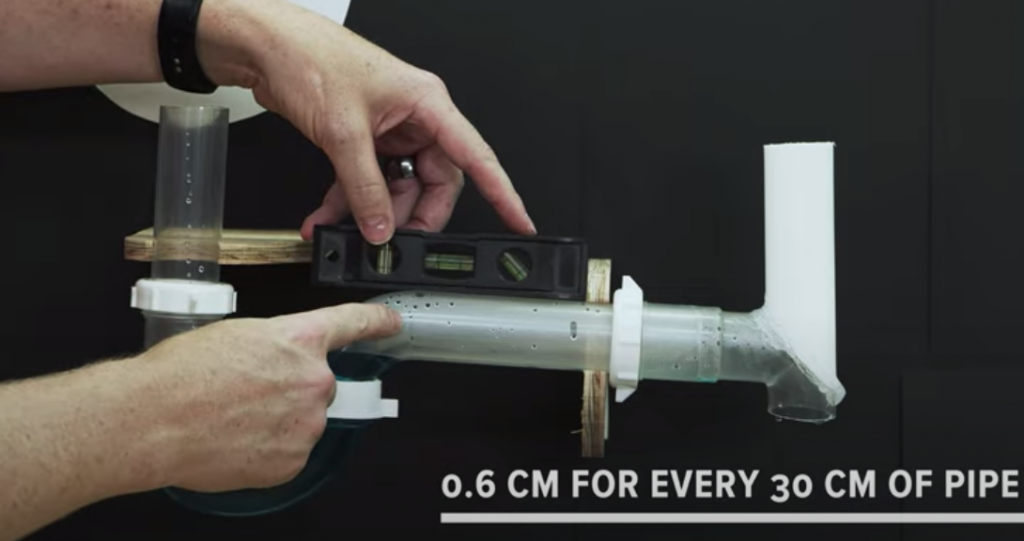
#3: Make Sure the Vacuum System isn’t Blocked
Another common issue with plumbing is the vacuum system getting messed up because there’s no air being pulled through the black vents that come out of the roof. This is usually caused by an animal getting stuck in the vent and blocking it. Check your outside vents to make sure there are no blockages.

Hopefully this information helps if you’ve had any issues with stinky smells coming from your bathroom (or other) drains.
And, let’s all give thanks to Alexander Cumming and Thomas Crapper for improving our living conditions!


Thanks, guys.

